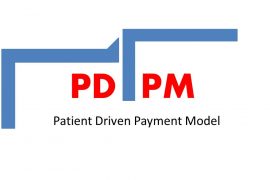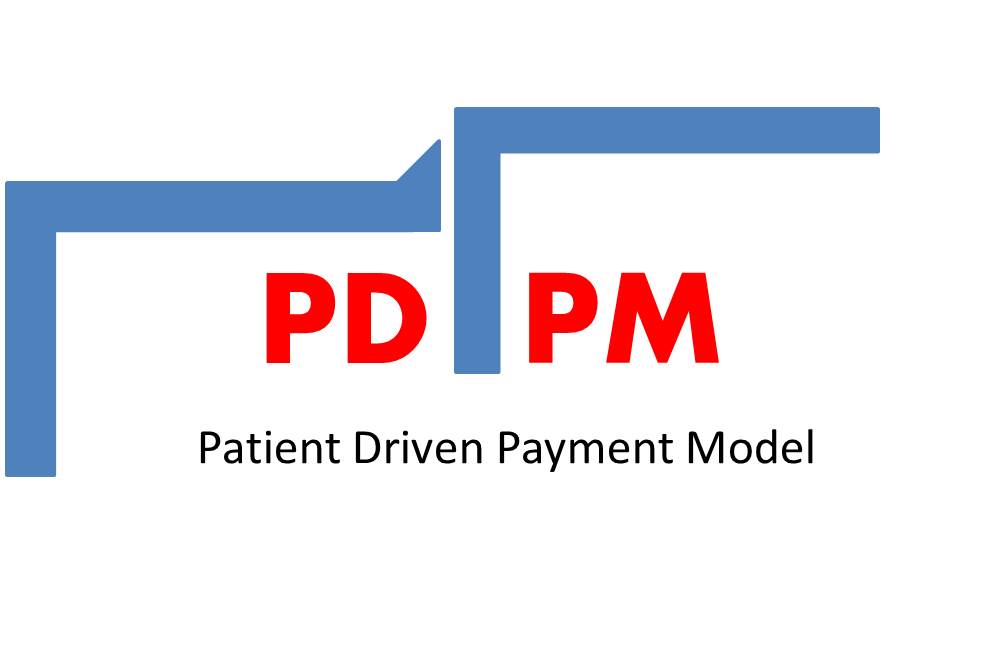 Deciding the Principle Medical Diagnosis, By Lori O’Hara, MA, CCC-SLP
Deciding the Principle Medical Diagnosis, By Lori O’Hara, MA, CCC-SLP
Although the PDM only affects therapy buckets, determining the most appropriate diagnosis to put in the first position is an IDT Decision. It is meant to reflect the condition that most strongly explains the reason the patient needs to be skilled in the SNF, and sometimes that is not necessarily the condition for which they need rehabilitation (although it will be often!) The DOR and the therapy team should discuss the reasons the patient needs any therapies they’re receiving, and then the DOR discusses that with the IDT to reach a decision.
Here are few decision making examples:
- A patient admits who had a hip replacement, and then while in the acute hospital had a stroke. Both the hip fracture and the CVA are high-needs conditions and either could legitimately be considered the principle medical condition. When this is true, the facility is allowed to select the best prioritization. In this case, selecting the hip replacement is the best choice. While this does mean that we are opting to miss out on a neuro condition for the SLP case mix index, the benefit to the facility is greater from the hip fracture diagnosis. The patient will still need all the aggressive therapy that comes with those two conditions, so selecting the one that aligns best reimbursement with the amount of resources the patient needs is perfectly fine when it’s clear that the choice is well-supported in the record.
- A patient admits with ulcerative colitis. The patient is on immunosuppressants and close diet monitoring. The patient has suffered significant muscle wasting and is severely debilitated. The patient also has a history of Parkinson’s disease for which they’re receiving a Sinemet regiment that is unchanged in three years. While Parkinson’s would land in a more advantageous clinical category (Acute Neuro) than the ulcerative colitis (Medical Management), that decision is not consistent with the CMS requirement that the principle medical diagnosis reflect the reason the patient needs to be in a SNF. So Parkinson’s disease should not be in the first position, but should be listed as a diagnosis in a later slot.
- A patient admits for pneumonia and also has a fractures of the 4th toe. The patient is still on antibiotics, requires supplemental oxygen and has an order for a follow-up x-ray. In this instance, while the impact of a toe fracture will certainly need rehabilitation, the patient’s management for pneumonia requires markedly more resources and interventions. So in this instance while the toe fracture would create a more financially advantageous case mix impact, it cannot be validly reported as the principle medical condition.

